Botanic Gardens Week 2025: Five powerful plant stories
Botanic gardens across Australia and New Zealand are gearing up for Botanic Gardens Week running from 19 – 25 May.
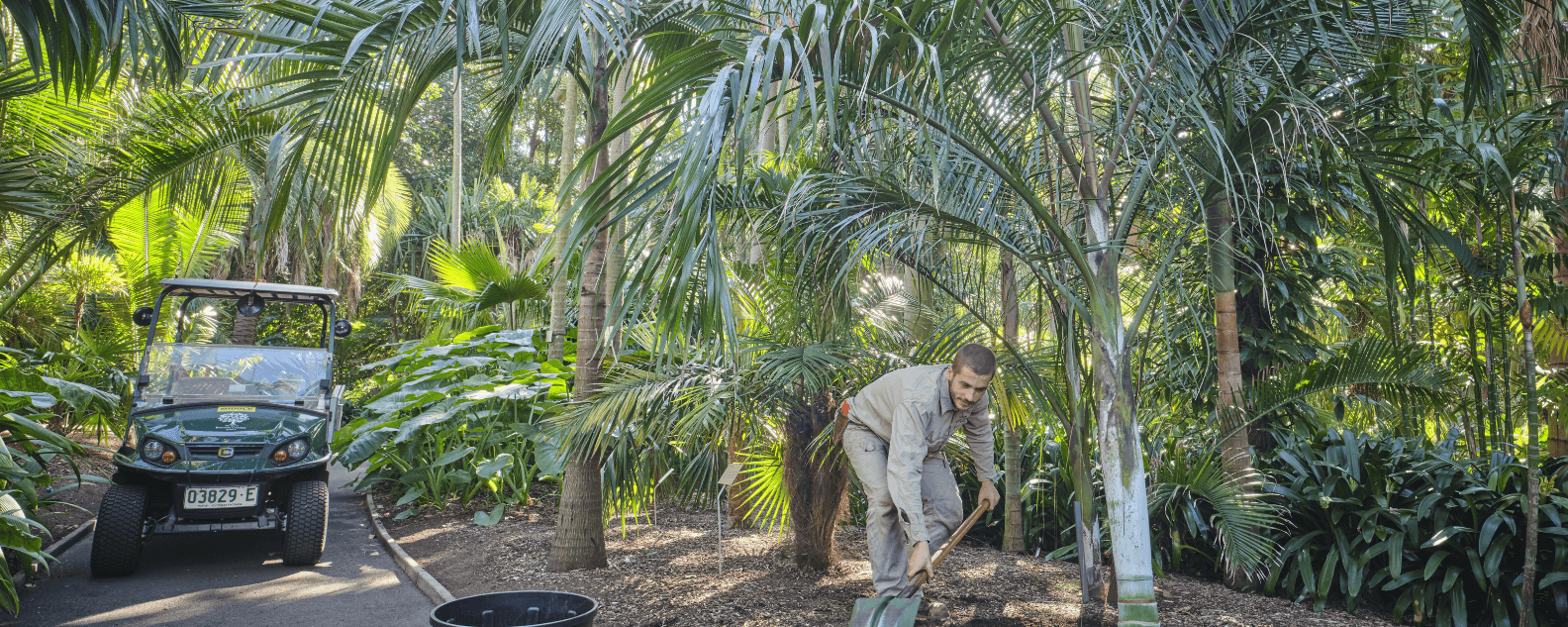
Botanic gardens across Australia and New Zealand are gearing up for Botanic Gardens Week 2025, running from 19 – 25 May, with a powerful message: botanic gardens are the zoos for plants.
Just as zoos conserve wildlife, educate the public, and inspire connection with animals, botanic gardens do the same for plants: safeguarding rare and threatened species.
Botanic Gardens play a key role in global plant conservation and education. This is through living collections that can act as ambassadors for wild and in situ populations, creating unique opportunities for visitors to engage with species and concepts, and inspiring emotional connections to the natural world.
A living collection is an assemblage of plants which is curated, data-based and grown or stored for a defined purpose including reference, research, conservation, education, or ornamental display.
Worldwide it is estimated that one third of plant species are threatened with extinction.
“Hospitals look after one species; zoos often have somewhere between three and five hundred species. In our Living Collection we’re caring for more than 17,500 species of plants. Australian PlankBank alone has over 100 million seeds, from more than 20% of Australia’s 25,000 plant species.”
John Siemon, Director of Horticulture and Living Collections
Celebrating its 10th anniversary, this year’s theme for Botanic Gardens Week “Guardians of the Green: Protecting Our Future” highlights the critical role botanic gardens play in conservation, education, and community engagement.
Botanic Gardens of Sydney has led the development of knowledge about plants, their cultivation, biology, documentation, and conservation for more than 200 years. Plants are the foundation of life—by conserving them, we save ecosystems, wildlife, and our future. Let’s wander down memory lane and look at how five special plant species have made a conservation impact in our organisation over the years:
Corpse Flower (Amorphophallus titanium)
The most famous and foul-smelling plant of them all is the Corpse Flower, Amorphophallus titanium. Renowned for having the largest unbranched inflorescence of any plant in the world, this plant is only found in the rainforests of Western Sumatra, an island in Indonesia, where they’re currently classified as rare and endangered from land clearing to make way for palm oil plantations.
In 2025, the Gardens were lucky enough to have two corpse flowers bloom almost simultaneously: affectionately named ‘Putricia’ and ‘Stink’, these magnificent plants were clones from Mount Lofty Botanic Garden, part of the Botanic Gardens and State Herbarium of South Australia.
The twins were carefully propagated from leaf cuttings by Matt Coulter, South Australia’s horticultural curator for plant propagation, who has grown about 200 corpse flower plants from just three seeds received in 2006. The plants arrived at the Royal Botanic Garden Sydney in September 2020.
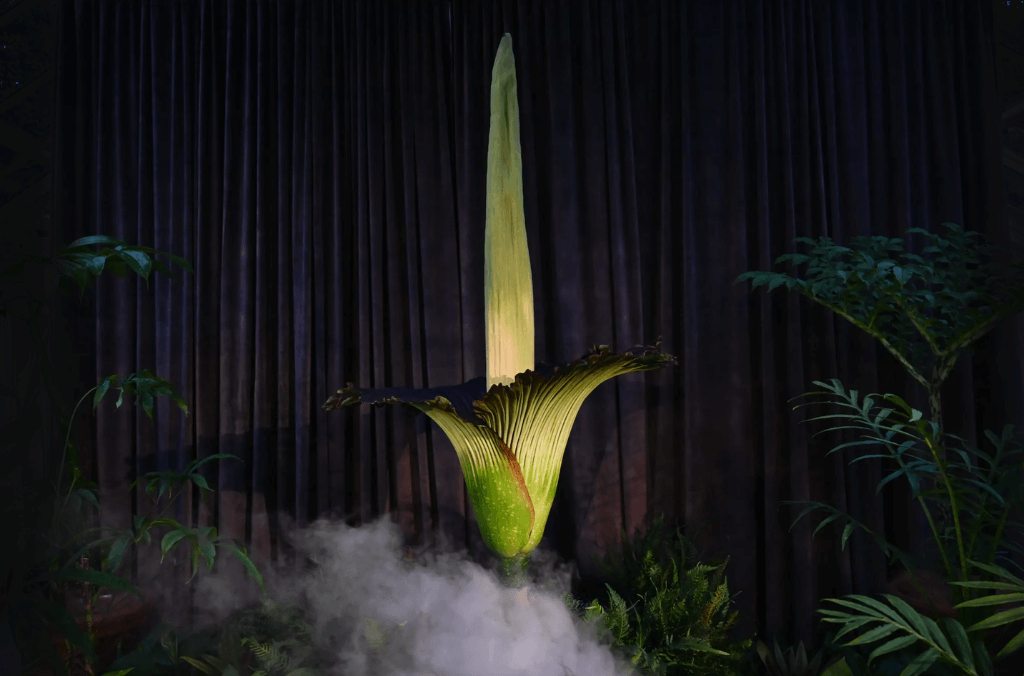
Putricia the corpse flower in full bloom - Palm House, Royal Botanic Garden Sydney
Since then, recent studies have been undertaken to better understand the “family trees” of these cultivated plants using genetic sampling. Scientists researching their genetics, pollen, and structural make-up will use the information to help inform future attempts to breed new genetically diverse plants in cultivation - much like zoos do when they breed endangered animals in captivity.
Over time, botanic gardens will be able to hold metacollections that represent the existing genetic diversity of the corpse flower species, similar to the work done with the famous Wollemi pine to help protect this endangered species for generations to come – so everyone can smell its putrid odour.
Wollemi Pine (Wollemia nobilis)
The concept of metacollections is relatively new to plant conservation and is particularly useful for species with ‘exceptional’ qualities, like those that can’t be seed banked because their seeds don’t survive the process of drying and freezing; plant that don’t produce seeds; or plants with seeds that are short lived in storage.
The critically endangered Wollemi Pine as the poster plant of the Botanic Garden of Sydney’s first global metacollection back in December 2023. Also known as “Australia’s iconic dinosaur tree” this ancient pine has only an estimated 100 plants left in the wild.
The global mission to protect Australia's dinosaur tree
The Australian PlantBank and Living Collections teams worked together to distribute 210 genetically diverse Wollemi Pines from the Australian Botanic Garden Mount Annan nursery across the globe to 35 Botanic Gardens in the United States, Europe, United Kingdom and Australia, to create “back up populations” for the conservation of the species.
The global metacollection project or “Operation Six Pack” proved to be an overall success in the cooler climate of United Kingdom and Europe, with His Majesty King Charles III even planting a pine at Westonbirt Arboretum.
Cycad (Macrozamia heteromera)
Trees can live from hundreds of years, but on average the lifespan of a living plant specimen is just 15 years. As a result, field trips where botanists can collect plant material, cuttings, seeds, or whole plants from their wild or in situ locations during expeditions are a proactive way to sustain the diversity in a living collection to ensure its survival.
Botanic Gardens of Sydney’s living collection includes a significant representation of native Australian flora. The Macrozamia heteromera is a particularly rare and threatened cycad and is one of the many 8,962 accessions that are a part of the wild-sourced collection.
What is a plant accession?
A distinct and uniquely identified sample of seeds or plants maintained as part of a germplasm collection in the Australian PlantBank.
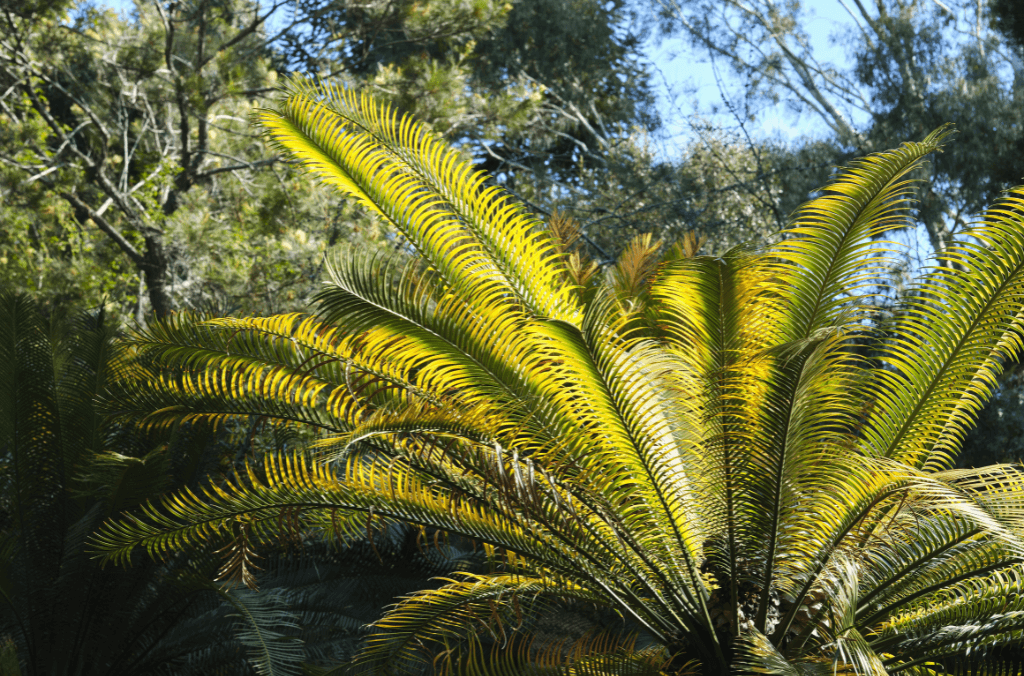
Macrozamia heteromera in the Australian Botanic Garden Mount Annan
The ‘Great Cycad Fieldtrip’ to Warrumbungle National Park and Pilliga State Conservation Area saw a team of botanical experts from Botanic Gardens of Sydney, Royal Botanic Garden Victoria and The Montgomery Botanical Centre travel into the remote wilderness of New South Wales to find samples of the Macrozamia heteromera cycad to see if they were still actively breeding in their natural environment.
The successful rediscovery of plant populations in the National Park meant all three botanic gardens could ethically collect, record, and help conserve the cycad’s genetic diversity in the National Herbarium of New South Wales.
A team of botanical experts track down one of the most endangered group of plants in the world - cycads
Tumut Grevellia (Grevillea wilkinsonii)
Grevillea is Australia’s third-largest flowering plant genus, with around 360 species. Approximately 15% of species are listed under the Environment Protection and Biodiversity Conservation Act, including 27 species under the NSW Biodiversity and Conservation Act 2016.
The Tumut Grevillea, Grevillea wilkinsonii, is a critically endangered species with a highly restricted distribution along a 6 km stretch of the Goobarragandra River, just 20 km east of Tumut NSW. It faces many threats including habitat disturbance, land clearing, small population sizes, herbivory, and invasive weeds.
The Seedbank team from the Australian PlantBank went out into four areas in the local community of Tumut in the summers of 2023 and 2024 to ethically collect seeds from this insect-pollinated grevilia, which smells like “milk bottle lollies and mouse urine,” according to locals.
By collecting seeds, scientists can help understand seed germination responses to climate factors, to predict species at risk of regeneration failure. High-quality, genetically diverse seed collections support ongoing conservation efforts to safeguard the Tumut Grevillea from extinction.
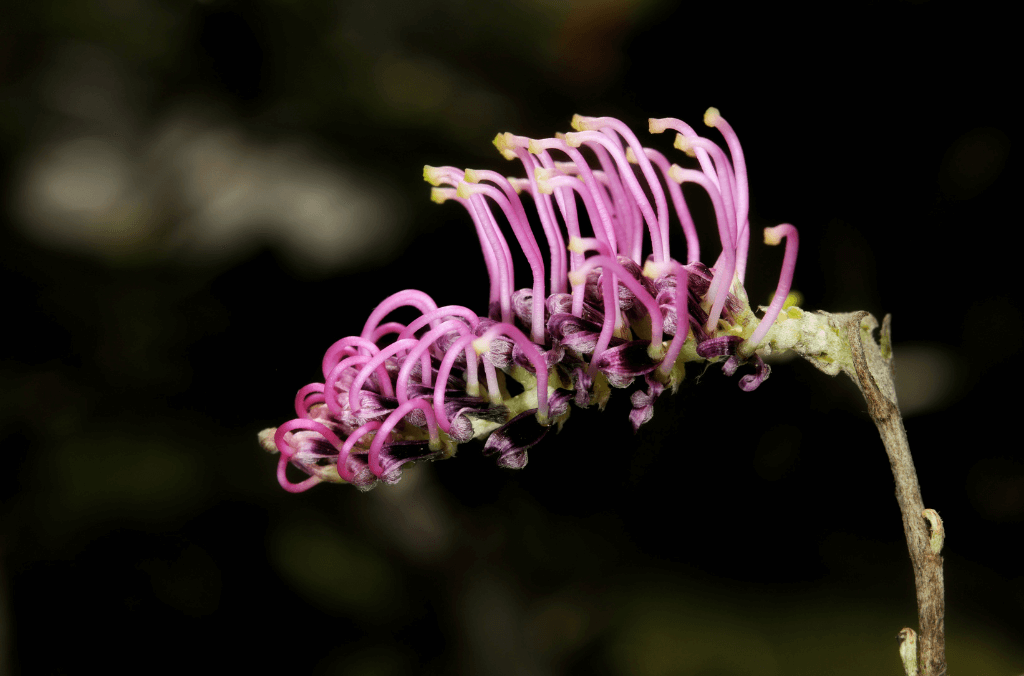
Tumut Grevillea in full flower 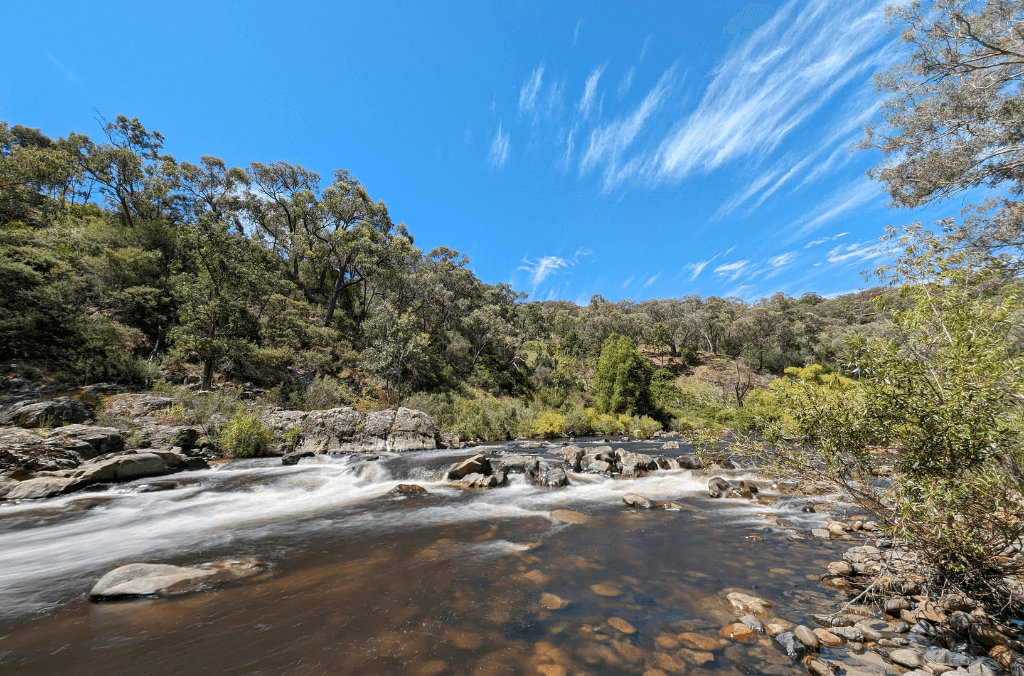
Goobarragandra River in Tumut NSW 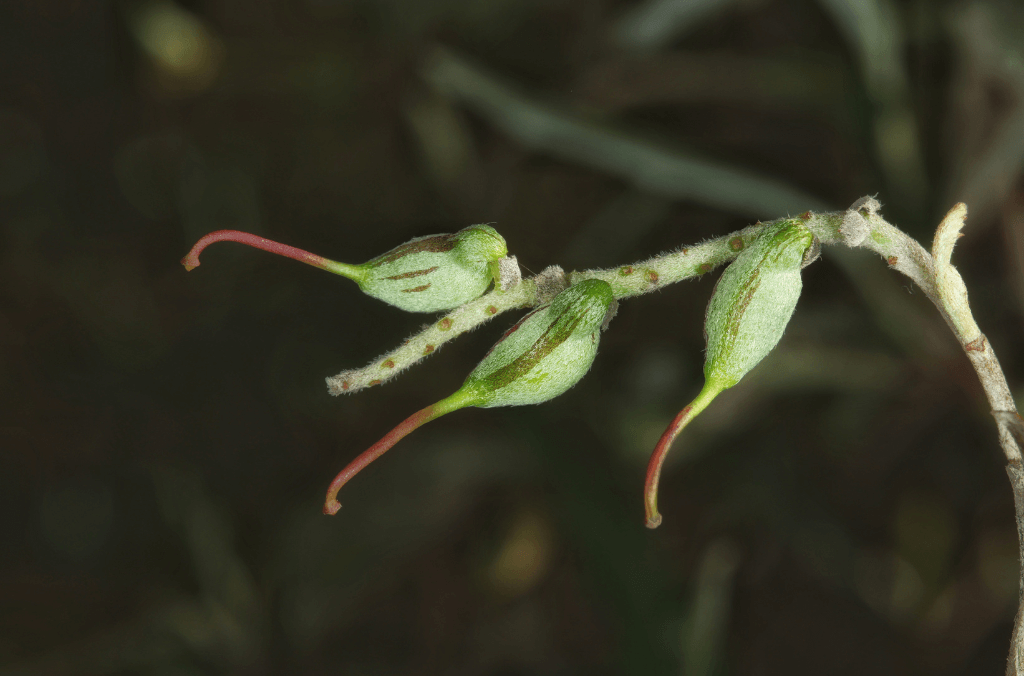
Tumut Grevillia as a flower bud
Did you know?
The Banksia and Grevillia Gardens at the Australian Botanic Garden Mount Annan hold propagated Tumut Grevillea plants from the original seed collecting trip to support the living collection whilst also testing how adaptable the plant is in a natural environment.
Native guava species
Myrtle Rust is a deadly plant disease introduced in 2010, which has infected close to 400 plant species. Native guava tree species from the coastal rainforest in Australia have been majorly impacted by this disease over the last 15 years, and the species has been in rapid decline in the wild.
The Research of Ecosystem and Resilience team, NSW Department of Climate Change and Energy, the Environment and Water and Australian Network for Plant Conservation worked alongside the Australian PlantBank team to assemble genetically representative ex situ collections of three of the most affected rainforest species: Rhodamnia maideniana, Rhodomyrtus psidioides and Rhodamnia rubescens.
After collecting plant samples from their native location, the samples were brought into protected growing conditions at the Australian Botanic Garden Mount Annan to study how the plant reacts to the disease.
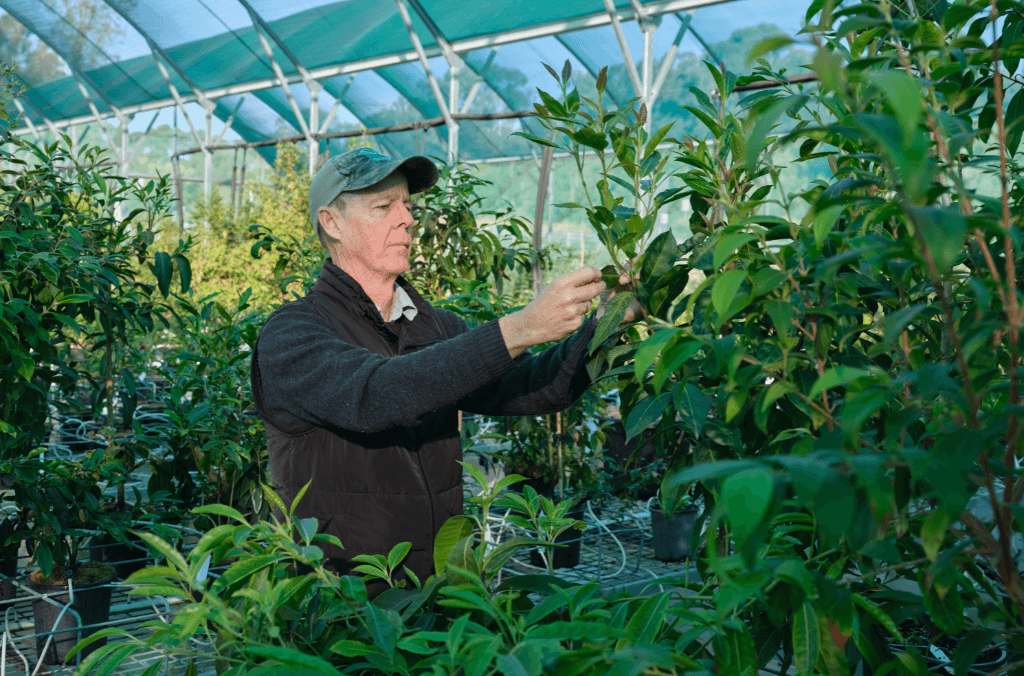
Professor Brett Summerell with a Rhodomyrtus tree in the Australian Botanic Garden Mount Annan nursery
If some plants are resistant to the disease, scientists can then plant out those resistant populations in the wild and use this research as a case study to protect other Myrtle Rust affected species.
In 2024, representative sets of the last two species were sent to participating gardens, including the Australian National Botanic Garden, Royal Botanic Gardens Victoria, and Lismore Botanic Gardens to increase their biodiversity.
“Botanic gardens are so much more than people realise. Like zoos, they are essential in protecting our natural world. By visiting your local botanic garden, you are supporting our future.”
Botanic Gardens of Australia and New Zealand CEO, Cassandra Nichols
Celebrate plants for Botanic Gardens (and National Volunteer) Week
Champion the power of plants at your local Botanic Garden inSydney,Mount Annanor Mount Tomah by having a picnic, attending a Guided Volunteer tour, or by simply strolling through the gardens to appreciate the unique living collections and the work that goes into studying, protecting and growing them.
For more information about Botanic Gardens Week 2025, visit the BGANZ website.
Related stories
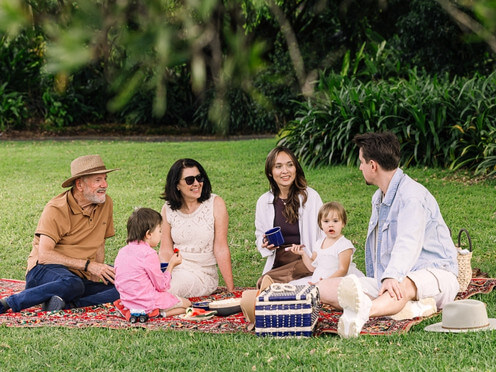
Whether you’re here for culture, time with friends, a family adventure, or a quiet escape among the trees – discover the itinerary that brings your ideal summer day to life.
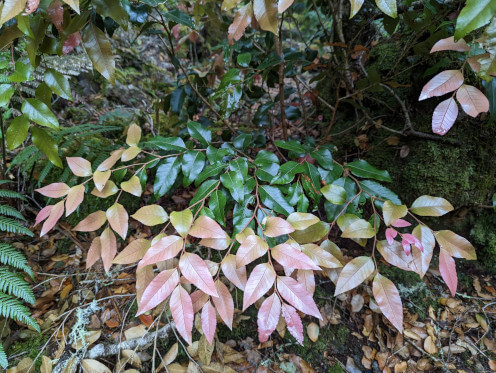
For the team at the Research Centre for Ecosystem Resilience (ReCER), a request from the Blue Mountains Botanic Garden to design a hedge of the towering Nothofagus moorei, or Antarctic beech, sparked a unique collaboration between science and horticulture.
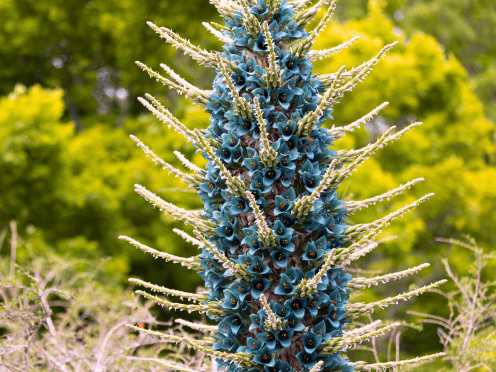
An extraordinary display of rare turquoise blooms are starting to flower at the Blue Mountains Botanic Garden Mount Tomah, with one species blooming for the first time ever.